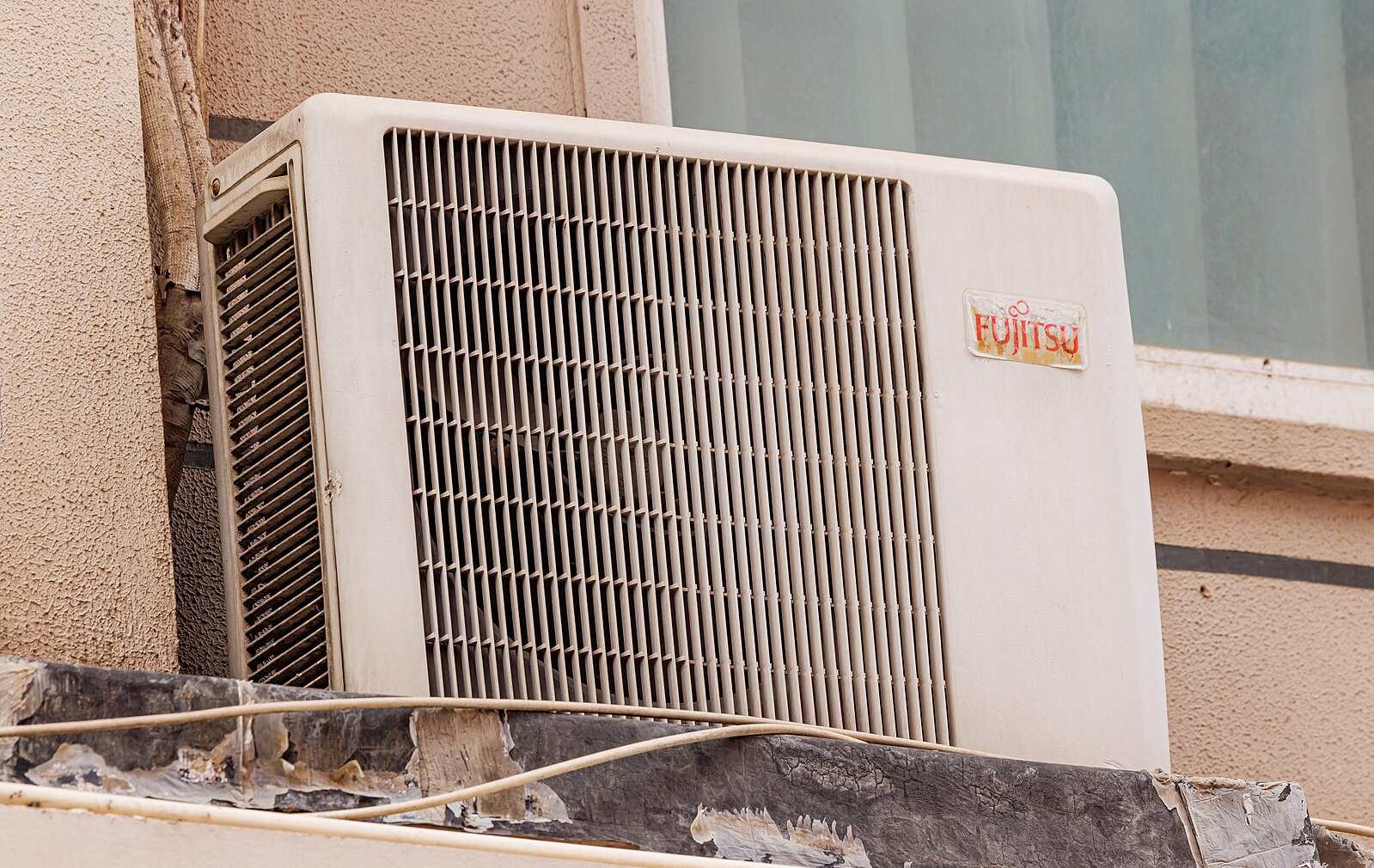When it comes to mini-split air conditioners, Fujitsu and Gree are two of the leading brands in the market. Choosing between the two can be a daunting task, as both manufacturers offer high-quality products with impressive features. In this comprehensive guide, we’ll delve into the nitty-gritty details of how Fujitsu and Gree mini-split air conditioners compare in terms of energy efficiency, heating and cooling performance, noise levels, and warranty.
Energy Efficiency
Energy efficiency is a crucial factor when selecting an air conditioning system, as it not only impacts your utility bills but also contributes to environmental sustainability.
SEER (Seasonal Energy Efficiency Ratio)
- The Gree SAP24HP230V1A boasts an impressive SEER rating of 21.5, indicating excellent energy efficiency during the cooling season.
- In comparison, the Fujitsu AOU24RLB has a SEER rating of 18.0, which is still considered a high-efficiency rating but slightly lower than the Gree model.
EER (Energy Efficiency Ratio)
- The Gree SAP24HP230V1A has an EER rating of 13, which means it is highly efficient in converting electrical energy into cooling power, especially in hot climates.
- The Fujitsu AOU24RLB, on the other hand, has an EER rating of 10.0, which is still a respectable figure but not as high as the Gree model.
HSPF (Heating Seasonal Performance Factor)
- The Gree SAP24HP230V1A boasts an HSPF rating of 12, indicating excellent energy efficiency during the heating season.
- The Fujitsu AOU24RLB has an HSPF rating of 10.6, which is still a high-efficiency rating but slightly lower than the Gree model.
It’s important to note that while the Gree model has higher SEER and HSPF ratings, the Fujitsu model has a better EER rating, which suggests better energy efficiency in hotter conditions.
Heating and Cooling Performance
 Image source: Fujitsu AC by Raysonho
Image source: Fujitsu AC by Raysonho
Both Fujitsu and Gree mini-split air conditioners are designed to provide reliable heating and cooling performance, but there are some differences to consider.
Heating Performance
- The Gree SAP24HP230V1A has a slightly higher HSPF rating of 12, compared to the Fujitsu AOU24RLB’s HSPF of 10.6, indicating better heating performance.
- However, the Fujitsu AOU24RLB has a wider operating range of -13°F to 114.8°F, compared to the Gree SAP24HP230V1A’s range of 14°F to 115°F. This suggests the Fujitsu model may perform better in colder climates.
Cooling Performance
- Both the Gree SAP24HP230V1A and the Fujitsu AOU24RLB have similar cooling capacities, with the Gree model rated at 24,000 BTU/h and the Fujitsu model at 23,000 BTU/h.
- The Gree model’s higher SEER rating of 21.5 indicates it may be slightly more efficient in cooling performance compared to the Fujitsu model’s SEER of 18.0.
Noise Levels
Noise levels are an important consideration, especially if the air conditioning unit is installed in a residential setting or near outdoor living spaces.
Indoor Noise Levels
- The Gree SAP24HP230V1A has a lower indoor sound rating of 49 dB, compared to the Fujitsu AOU24RLB’s 52 dB.
- This suggests the Gree model may be slightly quieter during operation, providing a more peaceful indoor environment.
Outdoor Noise Levels
- The Fujitsu AOU24RLB has a lower outdoor sound rating of 47 dB, compared to the Gree SAP24HP230V1A’s 52 dB.
- This indicates the Fujitsu model may be a better choice for installations near outdoor living spaces or for those concerned about noise levels for neighboring properties.
Warranty and Support
Both Fujitsu and Gree offer similar warranty coverage for their mini-split air conditioners, but the availability and reliability of parts and technical support can also be important factors to consider.
Warranty Coverage
- Both the Gree SAP24HP230V1A and the Fujitsu AOU24RLB come with a 1-year labor warranty and a 5/7-year parts and compressor warranty.
Parts and Technical Support
- When it comes to the availability and reliability of parts and technical support, it’s important to research the local distributor and installer network for each brand in your specific region.
- Some manufacturers may have a stronger presence and better-established support infrastructure in certain areas, which can impact the ease of obtaining replacement parts and accessing professional assistance if needed.
Conclusion
In the battle of Fujitsu vs. Gree mini-split air conditioners, there is no clear-cut winner, as both brands offer high-quality products with their own unique strengths. The decision ultimately comes down to your specific needs and preferences.
If energy efficiency is your top priority, the Gree SAP24HP230V1A with its higher SEER and HSPF ratings may be the better choice. However, the Fujitsu AOU24RLB’s superior EER rating and wider operating range may make it a better fit for hotter climates.
Noise levels are another important factor, with the Gree model being quieter indoors and the Fujitsu model being quieter outdoors. Consider where the unit will be installed and how noise levels may impact your living environment.
Ultimately, it’s essential to carefully evaluate your specific needs, budget, and local support infrastructure for each brand before making a decision. Consulting with a professional HVAC installer can also provide valuable insights to help you make an informed choice.
Remember, the key to a successful mini-split air conditioning installation is not just the equipment itself, but also the quality of the installation and ongoing maintenance. Proper sizing, ductwork, and regular servicing are crucial for ensuring optimal performance and energy efficiency.
References:
– HVAC Talk Thread on Fujitsu vs. Gree Mini-Split
– Reddit Discussion on Fujitsu or Gree System for Ducted Split System
– GreenBuildingAdvisor Question on Best Mini-Split Heat Pump Systems
– Air Conditioning Arizona Comparison of Mitsubishi, Fujitsu, Daikin, and Gree
